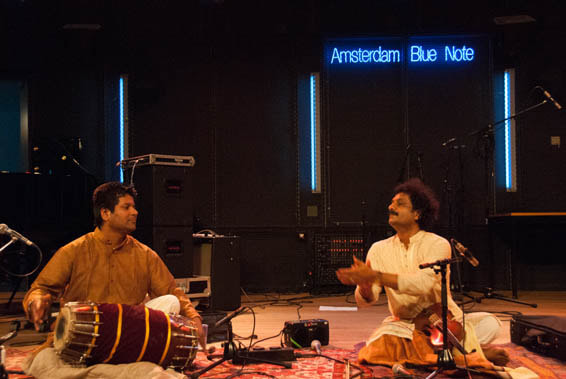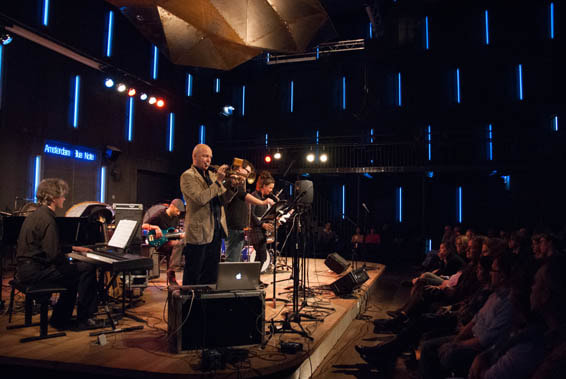Video recordings
Through the links provided here, we would like to give the visitor the opportunity to see and hear some of the sources which inspired this programme and the book 'Applying Karnatic Rhythmical Techniques to Western Music', in addition to pieces created and performed by students of the programmes 'Advanced Rhythm' and 'Applications of Karnatic Rhythm to Western Music'. In this way, the visitor can get a better idea of the ultimate goals of the material provided in the programme and book.
Great Masters of Karnatic Music
Links to recordings of great masters of Karnatic music including T.N. Seshagopalan, Palghat Raghu, Karaikuddi Mani, Jahnavi Jayaprakash, Patri Shatis Kumar, Sandeep Narayan, Dr. Mysore Manjunath and B.C. Manjunath.
For many westerners it is difficult to find good or truly complex, or 'avant-garde' creations or performances of Karnatic music. Links we provide here try to give an impression of how Karnatic music has developed and continues to develop. Some of the youtube links are whole concert. The visitor will find in brackets the minute where the most intricate piece of the entire concert is located. The intricacy could be in terms of tala construction, elements used etc. This is provided because many a times, in long concerts, the musicians start with uncomplicated pieces to proceed to perform the main and most intricate piece somewhere in the middle. A second part is dedicated to many short 'home-made' videos by B.C. Manjunath, one of the leading and most innovative percussionists of karnatic music, where he explores many complexities... and makes them sound easy. View links |
Students' pieces
Although all students undergo a deep study of the same Karnatic rhythmical techniques, every creator adds his/her own aesthetics, style and background to the karnatic techniques, resulting in a wide variety of styles. Therefore, all pieces are going to be different from one another, as the aim of the programme is not to create a ‘new style’ but that each creator finds his/her own way by combining karnatic rhythmical techniques with their own taste, style etc.
Another factor to take into consideration before listening to the examples is that the traditional boundaries between ‘classical contemporary’ or ‘improvised’ or ‘contemporary jazz’ tend to be rather vague in a vast majority of students of the programme. Consequently, the pieces below do not follow a specific order depending on whether they are more ‘classical’ or ‘jazzy’ in style. View links |

